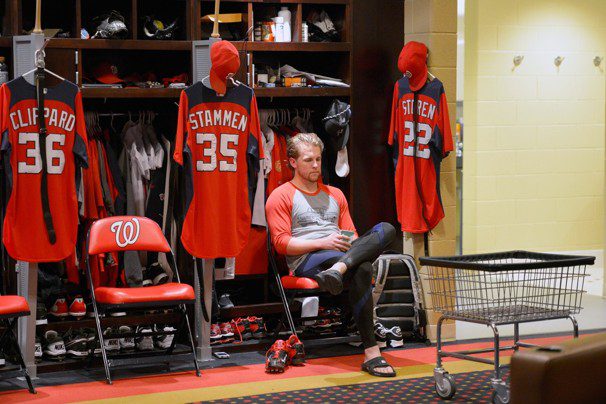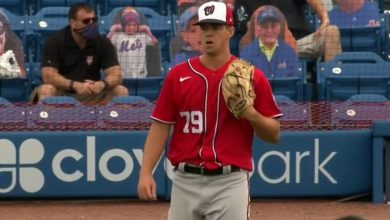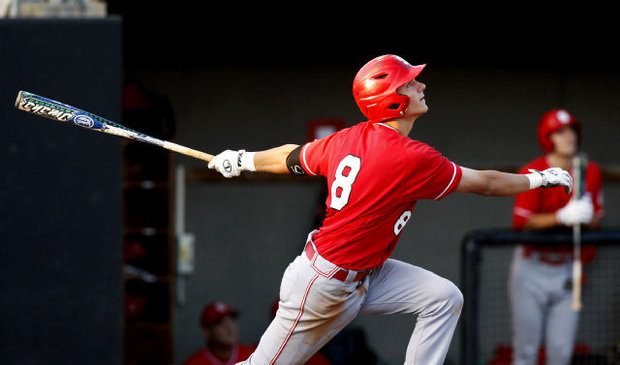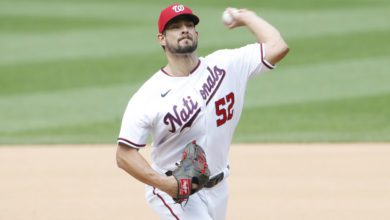

Last night’s game in Washington, D.C., was the second time in 12 months the Cardinals came back from the brink. It was unbelievable, stunning, shocking and all those other words professional scribes will use to try and sum up what happened in game five. Every last one of those words will be fitting, but also woefully inadequate for the task of explaining what happened last night. So, I’m not even going to try to do it.
The Cardinals surely caught several breaks last night. The Nationals got complacent with an early six-run lead, the check swing in the ninth inning didn’t get rung up as a strike, Descalso’s smash somehow got away from Ian Desmond, and the list goes on from there. But no one else will point out what I’m about to, and here it goes: Drew Storen couldn’t get the job done with the game on the line, and Nationals paid the price.
I thought, for some strange reason, about Gene Garber and Dennis Eckersley as the ninth inning was unfolding in D.C. Gene Garber, for all of the 1970s and most of the 1980s, was the quintessential relief pitcher, or “fireman” as they were called back then. He’d come in for the sixth inning, the seventh inning, the eighth inning or whenever he was needed to get outs for his team. Four-inning saves were not uncommon over the course of his career.
Garber’s last big league appearance came during the 1988 season. That same year, Tony LaRussa effectively revolutionized the way baseball was played, and has been ever since. By turning the ninth inning over to Eckersley, LaRussa created the concept of a “closer,” whose sole purpose was to get three outs and end the game. Such a concept was unthinkable in Garber’s day, but thanks to Eckersley and LaRussa, it’s a common practice today.
But here’s the difference between Eckersley and Storen: Eckersley was a starting pitcher for many years before becoming closer. Two-inning saves were’t beyond the realm of what he could do, simply because he had faced multiple batters before.
But closing games exclusively is another story altogether. Storen has not started a game at the big league level, nor is he ever going to. He’s been trained to come in at the very end of a game, get the final few outs, and go home a winner. He was following in Eckersley’s footprints, in that regard.
But when things don’t go as planned, and a couple of runners get on base somehow, the automatic nature of a save is thrown into question. Suddenly the trained pitcher isn’t in his comfort zone anymore. And the team, having put all of their eggs into that closer’s basket, has to live with the consequences.
Last night was the first time Storen had faced seven batters or more in one single pitching appearance. That’s remarkable, when you think about it. It’s a testament to how effective he’s been for the Nationals. But it has its own drawbacks, too, and we saw those on full display in Washington last night. Somewhere, Tony LaRussa and Dennis Eckersley are laughing.





